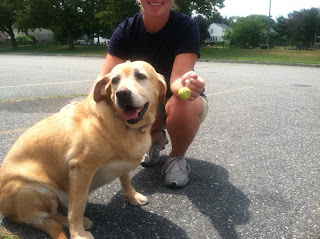Polygenic inheritance is when an offspring has traits from both parents but mixed together. For example one parent would be tall and the other might be short so the offspring would be average height. The offspring would be a mixture off the tall gene with the short gene therefore causing it to be in between tall and short. In the picture is my mom, dad, and me and as you can see my dad is tall and my mom is short and I am medium height. This shows I got genes from both of them and the traits mixed so I am now medium height.
polygenic inheritence. (2002). Retrieved from http://staff.jccc.net/pdecell/evolution/polygen.html



















